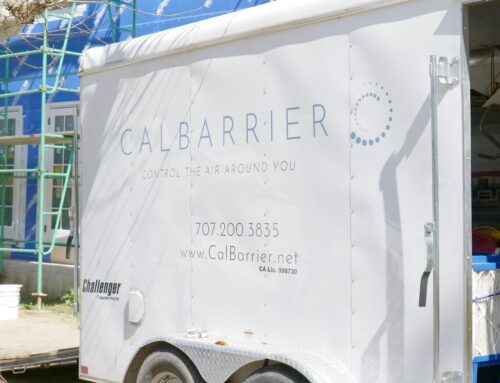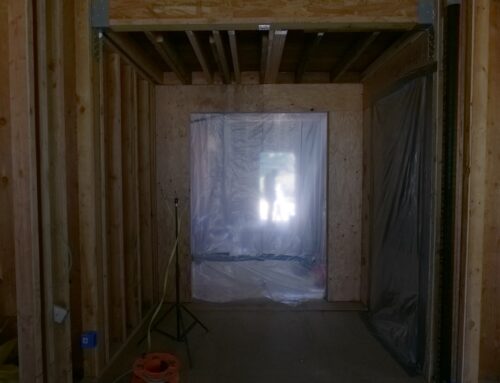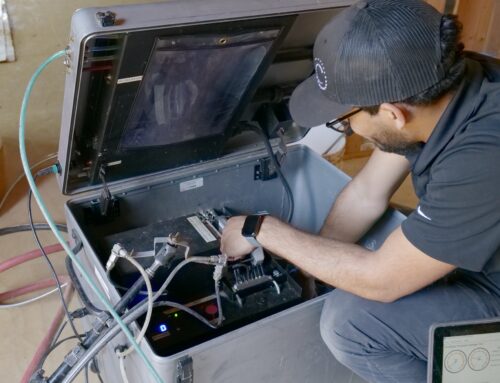Deciding between DIY and hiring a professional for air leakage insulation is more than just a choice—it’s a strategic decision that affects your comfort, energy efficiency, and wallet. Let’s unpack the costs and considerations involved in both approaches to help you make the most informed decision for your home. This page will help you answer the question what are the costs of DIY vs. professional air leakage insulation.
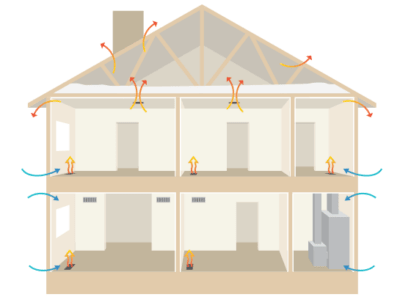 Understanding Air Leakage Insulation
Understanding Air Leakage Insulation
First off, why is air leakage insulation so important? Simply put, it helps maintain your home’s climate, keeps energy costs down, and increases the overall comfort level. Air leaks typically occur around windows, doors, and various nooks and crannies throughout your home. Addressing these can significantly reduce your heating and cooling expenses.
DIY Insulation: Costs and Considerations
Let’s start with DIY. This route appeals to those who enjoy hands-on projects and are looking to save money upfront. Here’s what you need to know:
- Material Costs: The materials for sealing air leaks are relatively inexpensive. Weather stripping and caulk can cost anywhere from $5 to $50, depending on the quality and quantity you purchase. Foam sealants and insulation boards might cost a bit more, but generally, the investment is modest.
- Tools and Equipment: Depending on what you already have at home, you might need to buy or rent a few tools. This could include caulk guns, foam dispensers, or even insulation blowers for larger projects. These can add anywhere from $20 to a few hundred dollars to your total cost.
- Time and Effort: Don’t underestimate the time commitment. A weekend might suffice for small projects, but larger homes or more extensive leaks could take several days. Your time is valuable—factor it into your cost considerations.
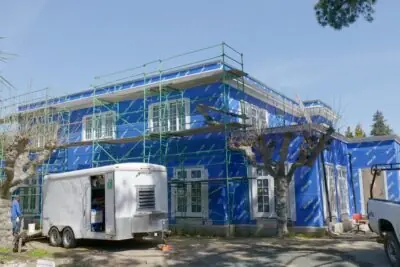 Professional Insulation: Costs and Benefits
Professional Insulation: Costs and Benefits
Hiring professionals comes with higher initial costs but offers numerous benefits. Let’s break it down:
- Labor Costs: The bulk of professional insulation costs comes from labor. For a typical home, expect to spend anywhere from $1,000 to $3,500 or more, depending on the scope and difficulty of the project.
- Expertise and Efficiency: Professionals bring expertise that ensures the insulation is installed correctly—the first time. They can identify the most problematic areas quickly and address them with precision.
- Materials and Tools: Professionals often have access to higher quality materials and advanced tools, which can provide a better seal and more durable insulation. While you pay for these indirectly, the quality of work can lead to greater energy savings.
Comparing Long-Term Savings
Here’s the kicker: while DIY projects cost less upfront, professional installation might save you more money in the long run. A professionally sealed home tends to have better energy efficiency, leading to lower utility bills month after month.
Making the Right Choice
So, how do you decide? Consider your skills, the time you can commit, the complexity of your needs, and how much you’re willing to spend initially versus over time. If you’re handy and confident, DIY might be a great choice. If you’re looking for a guarantee of quality and efficiency, going professional might be worth the extra cost.
So What Are the Costs of DIY vs. Professional Air Leakage Insulation?
The costs can vary based on the size of the home and the methods you choose. Whether you choose DIY or a professional route, improving your home’s insulation is a smart move. It boosts your home’s energy efficiency, enhances comfort, and can significantly reduce your energy bills. Evaluate your situation, weigh the costs, and choose the best option for your home and budget. Remember, investing in insulation is investing in the future of your home.
Ready to get started? Contact us here.
Need more information? Sign up for our newsletter below. Read our home air sealing page to get a deep dive into this exciting new technology. Ultimately, this is one of many things you can do to get an energy friendly home. Read more about a whole house systems approach on Energy.gov.

